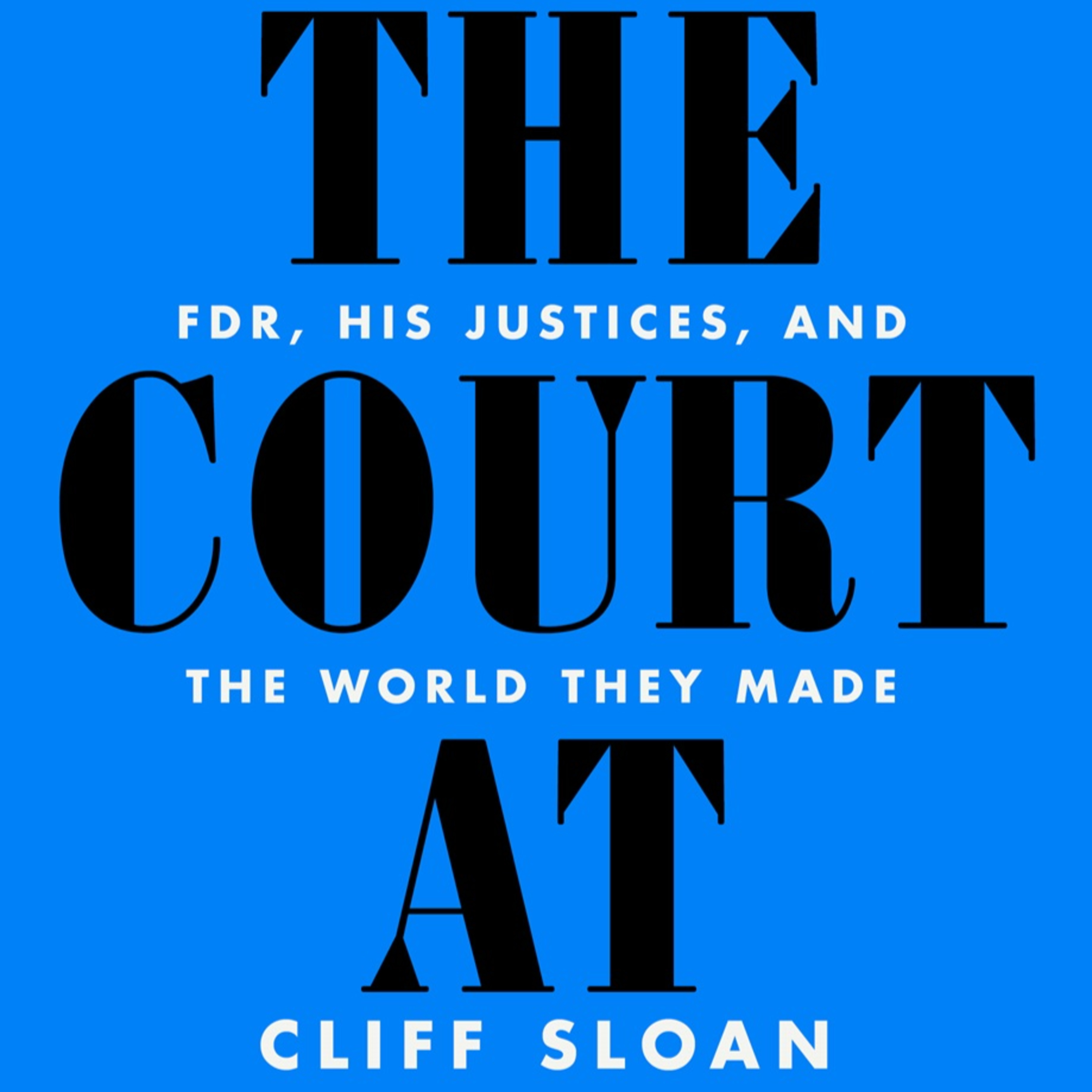Cliff Sloan-THE COURT AT WAR FDR, His Justices, and the World They Made

The inside story of how one president forever altered the most powerful legal institution in the country, with consequences that endure today.
\nBy the summer of 1941, in the ninth year of his\npresidency, Franklin Roosevelt had molded his Court. He had appointed seven of the nine justices\u2014the most by any president except George Washington\u2014and handpicked the chief justice.
\n\xa0But the wartime Roosevelt Court had two faces.\nOne was bold and progressive, the other supine and abject, cowed by the charisma of the revered president.
\nThe Court at War explores this pivotal period. It provides a cast of unforgettable characters in the justices\u2014from the mercurial, Vienna-born intellectual Felix Frankfurter to the Alabama populist Hugo Black; from the western prodigy William O. Douglas, FDR\u2019s initial pick to be his running mate in 1944, to Roosevelt\u2019s former attorney general and Nuremberg prosecutor Robert Jackson.
\nThe justices\u2019 shameless capitulation and unwillingness to cross their beloved president highlight the dangers of an\nunseemly closeness between Supreme Court justices and their political patrons.\nBut the FDR Court\u2019s finest moments also provided a robust defense of individual rights, rights the current Court has put in jeopardy. Sloan\u2019s intimate portrait\nis a vivid, instructive tale for modern times.\n\nCliff Sloan\xa0is a professor of constitutional law and\ncriminal justice at Georgetown University Law Center. He has argued before the Supreme Court seven times.\xa0He has served in all three branches of the federal Government, including as Special Envoy for Guantanamo Closure, and is the author of\xa0The Great Decision: Jefferson, Adams, Marshall, and the Battle for the Supreme Court.\xa0His commentary on the Supreme Court and legal issues has appeared in the\xa0New York Times,\xa0Washington Post,\xa0Slate, and other publications, and on television and radio networks.\n
\nFor more info on the book click HERE\n\n